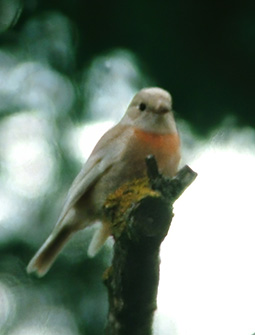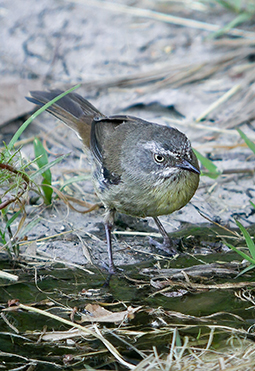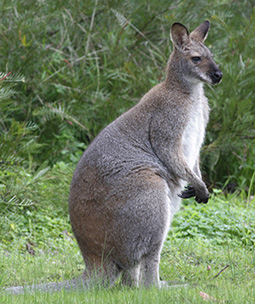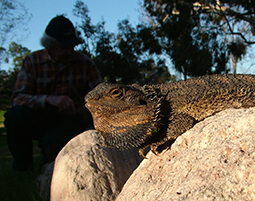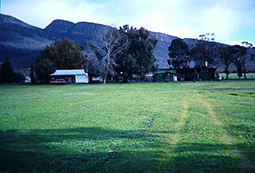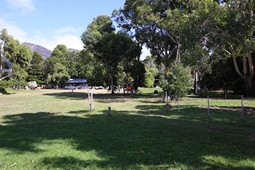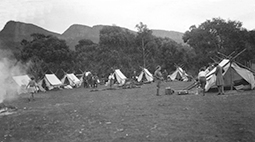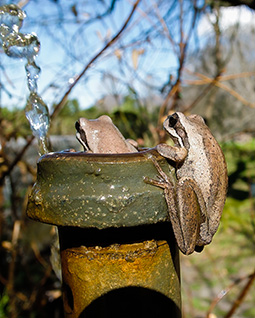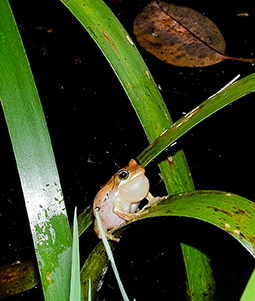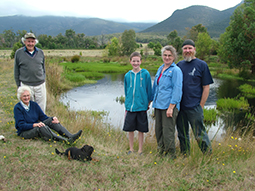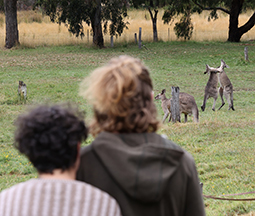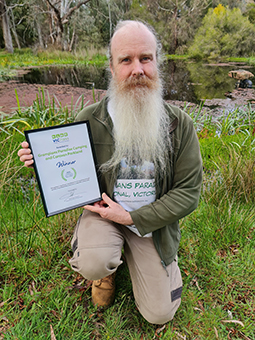

What is An Exclusive Wildlife Stay? Find out on the Exclusive Wildlife Stays Information Page...
If you prefer talking with someone, or you are having difficulties with the online booking page we are very happy to answer your questions by phone or to do a phone booking with you. You can contact us on (03)53566309 or by email or use our Enquiry Form.
The History of the creation of a wildlife haven at Grampians Paradise
(Part of the - Exclusive Wildlife Stays - section of our website)
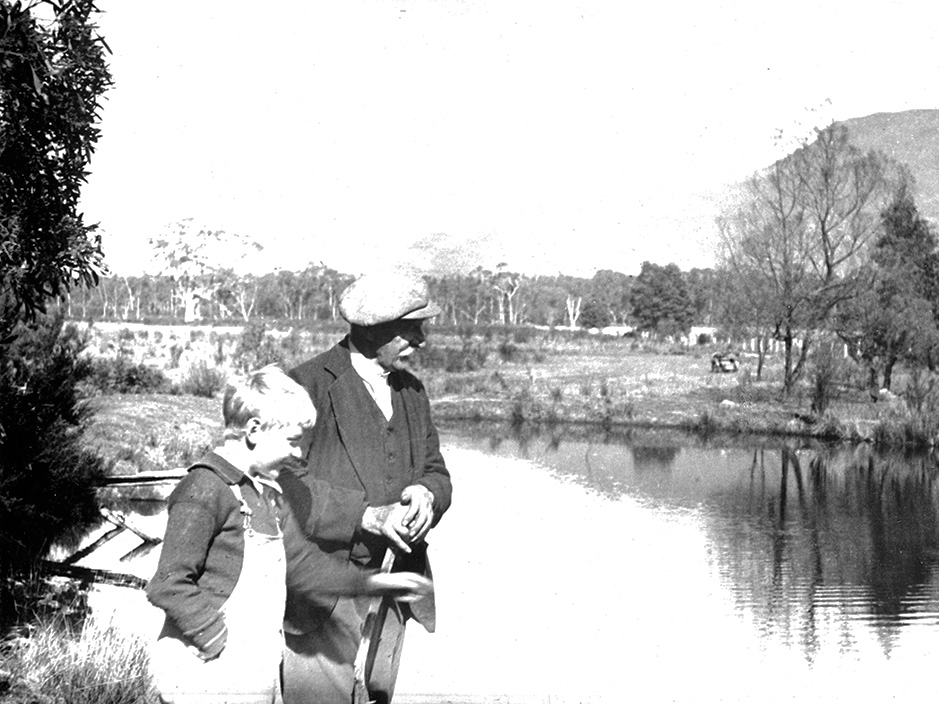
Harry Hill Banfield (my - Aidan Banfield's Great Grand Father) and His son Jim Banfield (my uncle) in the early 1930’s on the bank of the "Dam", which is now part of Blue Lake,
one 30 ponds that since 2000 to 2012 make up the Redman Bluff Wetlands wildlife habitat project at Grampians Paradise Camping and Caravan Parkland.
links to Exclusive Wildlife Stays information page and Stories from some of those who have experienced an Exclusive Wildlife Stay
BACKGROUND AND HISTORY -
A 112 Year journey of creating a camping ground full of native Australian animals and birds
Grampians Paradise has not always been full of Australian native wildlife. I can remember a time when there were no kangaroos in the camping ground, or emus on our farm (there are now over 20 permanent resident emus, maybe 5 generations on Redman Farm).
There has been a big change happen over the last 40 years, a change brought by the efforts of my family.
Grampians Paradise Camping and Caravan Parkland is part of Redman Farm, a 280 acres property that was purchased by my great grandfather, Harrie Hill Banfield way back in 1911.
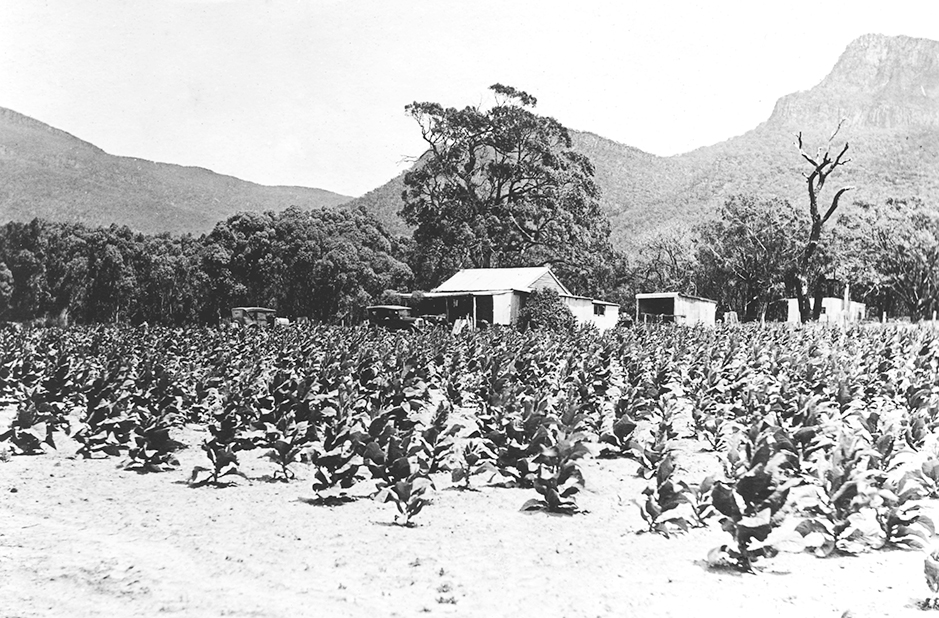
In the 1930's my grandfather Walter Banfield and great grandfather Harrie Hill Banfield grew Tobacco in what is now the grounds of Grampians Paradise.
The Early years – farming and land clearing:
In the early years my great grandfather Harrie Hill Banfield and grandfather Walter Banfield spent most of the weekends clearing the land and undertaking various farming ventures in partnership with share farmers. The Banfields worked on running the family owned Ararat Advertiser, the local newspaper, during the weeks. By the end of the 1960's when I was born, things had settled into a different pattern. The Advertiser had been sold out of the family ownership, Redman Farm (now the home of Grampians Paradise) had been transferred to my dad Tom Banfield and the farming was undertaken by our neighbour who leased the farm for 30 or more years.

Michael's tree, one the forty or so 500 year old River Redgum trees on Redman Farm (Grampians Paradise) that my great aunts and grandmother saved.
This photo was taken by Michael Uthe on 13th December 2021 using the light of the first quarter moon, with the stars showing (and a little infill light from small studio lights).
The saving of the 500 year old trees:
I can only remember one small area of the farm being cleared of the native bush in my lifetime. But even before this the turning of the tide towards building up nature had begun. My Great Aunts, who became life members of the Victorian Field Naturalist Society, had lobbied the men in our family to save the ancient River Red Gums which dotted our paddocks. These trees are huge. Around 40 of the approximately 60 large to giant river red gum trees are of very significant age. The largest of these we estimate to be around 500 years of age - some having trunks of up to 2.5 metres in diameter. They form important nesting sites, particularly for large numbers of long billed corrella's and the whistling kite pair, as well as providing shelter for the emus.

Some of the earliest trees planted (protected by large guards) in the grounds of what is now Grampians Paradise. This photo dates to some time in the 1930s.
The first tree plantings:
Not only did my great aunts, Lorna, Rene and Zoe and my grandmother, Alice Banfield, work to save the big trees, they also undertook the first tree plantings around the house paddock (the paddock that was to become the camping ground in 1980). In 1936 a collection of 10 native Australian gum trees (with species from Victoria, Western Australia and New South Wales) were planted in what is now the Centre Sites area of Grampians Paradise and now forms a major part of the tree canopy of our camping ground. My Dad, Tom Banfield often told the story of having to cart 5 gallon (20 litres) buckets of water over 100 metres from the farm dam (now Blue Lake) as an 8 year old, to water these trees to help get them established. There were in total 25 trees planted in the house paddock area between 1929 and 1950, these now include the largest trees of Grampians Paradise.
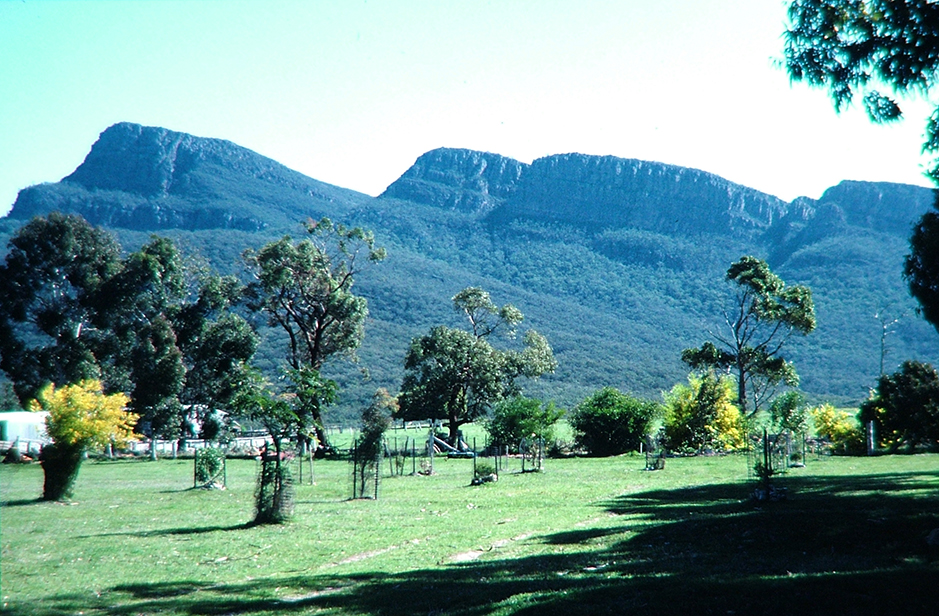
1984 to 1985 - In between South 1 (S1) and Centre 1 (C1) sites. Part of the 100 trees Tom Banfield planted at Grampians Paradise in the early 1980's
When I was young, the little birds were disappearing:
When I was a kid, the Banfields (my parents Tom and Aileen Banfield, myself and my brother) did not live on Redman Farm (Grampians Paradise), but we did spend nearly all of the school holidays here. It is my magical place of my childhood memories. At an early age I picked up my dads love of nature and the native birds. I noticed during the early 1980s that the small native birds were starting to disappear from the house paddock of the farm. I also became aware that the loss of native creatures was something not just limited to our farm, but also was becoming a worldwide reality. This worried me deeply, as I missed having these beautiful little feathered creatures around.
The turnaround, the beginnings of the build-up of wildlife at Grampians Paradise:
In 1980 Dad (Tom Banfield) started the next round of the family's tree and shrub plantings. In just a couple of years, he planted around 100 large shrubs and trees about the camping ground. By 1984 to 1985, these new trees and shrubs were up to 1 to 2 metres tall. With the extra cover they provided, the little birds (most notably the blue wrens, or more correctly "superb fairy-wren") started to move back into the camping ground and breed here. It was lovely to see the turnaround, to watch year by year the increase in numbers of individual birds and the addition of new species. But this was just the beginning...
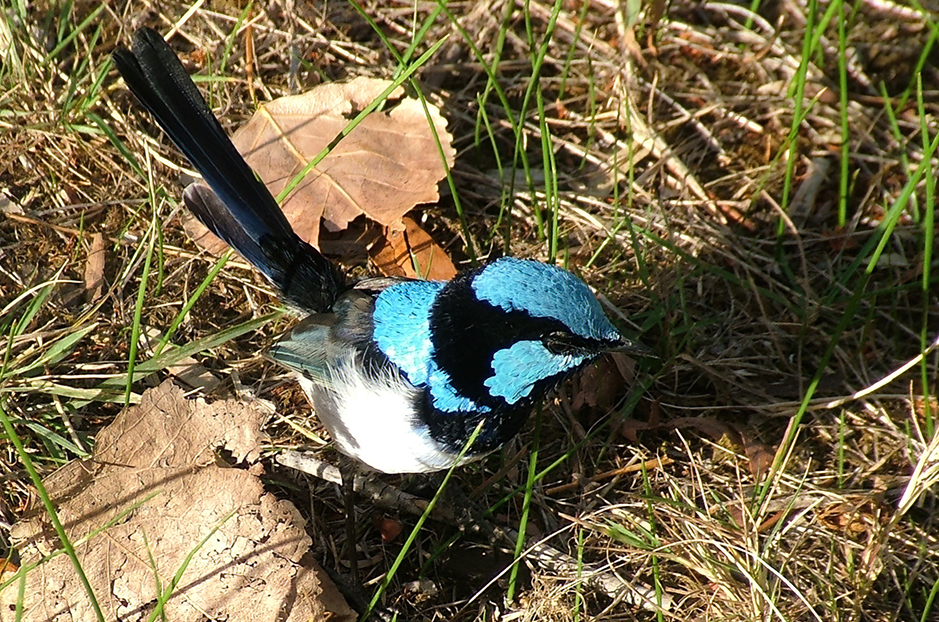
One of the many small native Australian small bird species we have at Grampians Paradise - the superb fairy-wren. Male in breeding plumage.
1990’s and a shift in priority:
While a love of nature never left me, during my 20's I was focused more on other things, building artificial rock-climbing walls and manufacturing outdoor equipment while living on the property. These other ventures all came to an end in 1997 when I threw myself back into a full focus on the camping ground and on nature. I started the next round of tree planting. In this run around 50 more trees were planted in the camping ground, some of which I grew from seed and nuts and ending up with a tiny private tree nursery to support the effort.
As the years went by, the trees and shrubs grew and more were added, the number and variety of birds kept on increasing. Then the animals started moving in, first a few kangaroos, the brush tailed possum, and an odd wallaby. It was a delight, but only the smallest indication of what was to follow…
It's amazing how the variety and sheer numbers of native Australian animals and birds have kept increasing over the years. The efforts of four generations of our family - planting trees, shrubs and wetland plants, all of which have helped provide the necessary shelter, food and nesting opportunities that has allowed the Grampians Paradise ecosystem to flourish.
In more recent years (2009 and on) it has been my wife, Vanessa Beckitt and our boys Douglas and Henry who have been involved in the ongoing establishment and care the plants (from wetland herbs to trees) that are continuing to support our native wildlife. Now as adults, both the boys work with us helping to support the grounds and ecosystem – a multigenerational living system.

Tom Banfield surveying the progress of the Redman Bluff Wetland project at Grampians Paradise in the winter of 2008.
This and the next 2 photos below are of Blue Lake South, one of around 30 ponds of the Redman Bluff Wetlands at Grampians Paradise.
2000 to 2012 - the creation of Redman Bluff Wetlands:
Up until 2000 there had been just the one working water body about the camping ground – the farm dam (built most likely in the 1800's) which was enlarged in 1982 to become Blue Lake. In 2000 the 30 pond wetland project was started with the aim of building up the numbers of frogs, wetland birds and animals. The 12 year project involved excavating the ponds, building overflows, enriching the soils and planting up of the ponds. It defined my life for the 2000's and lead to an explosion in the amount and diversity of native creatures and life we have in and around Grampians Paradise.
There is so much to the wetland story, but this is a whole other adventure story I will tell on another day.
During the years that the wetland project was moving forward, tens of thousands of trees were also being planted though a network of corridors being established on our two farming properties. Rebuilding the natural environment had become a major focus of the Banfields.
With the passing of the decades and the build up of our wonderful wildlife and growth of a vibrant ecosystem, Grampians Paradise has become a most amazing place to spend time amongst the native Australian animals and birds within the bounds of the created ecosystem of Grampians Paradise.

ABOVE: Winter 2008 - Building Blue Lake South pond of Redman Bluff Wetlands. Nessa Beckitt, Aidan Banfield, Henry and Douglas Beckitt moving the sump pump.
BELOW: Autumn 2023 - the same view 15 years later.
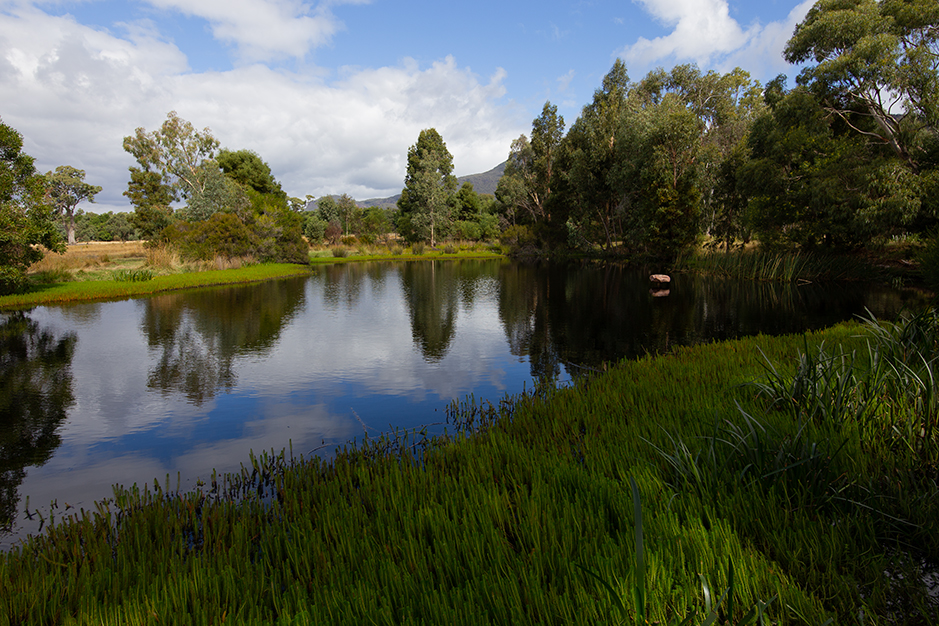
The history of Grampians Paradise continued... on the story page
of the Letter about our wildlife I sent to David Attenborough, and David Attenborough reply ...
In telling the story of my letter to David Attenborough, I cover more of the history and evolution of the creation of our wildlife haven, the Grampians Paradise and Redman Bluff Wetlands ecosystem. There is also the collection of pictures that were in the letter that I sent David Attenborough and the story of reading David Attenborough's letter to my dad Tom Banfield in the last weeks of my dads life.
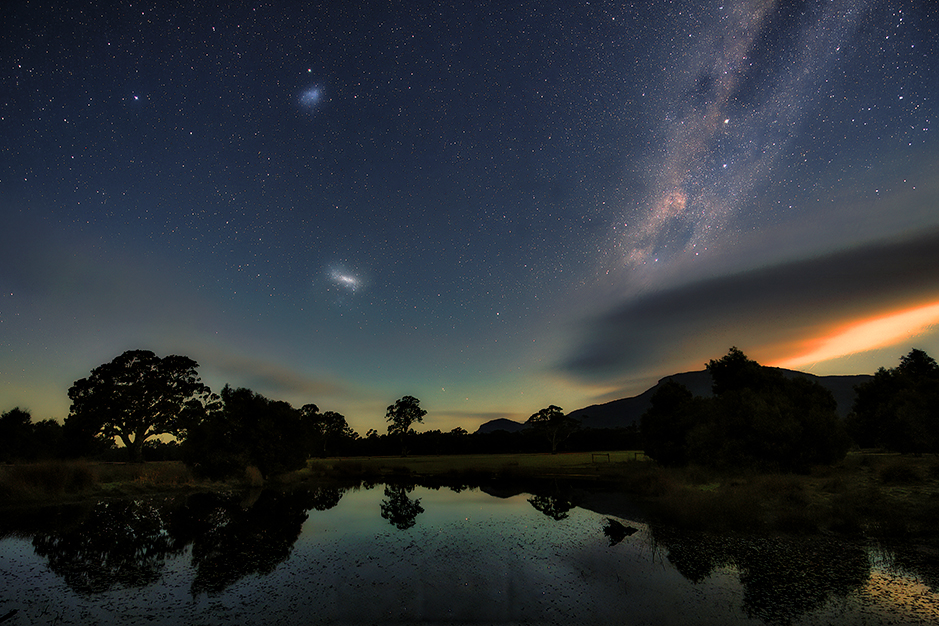
One of the 30 ponds of the Redman Bluff Wetland system at Grampians Paradise. Photo by Aidan Banfield. Edit and stacking by Michael Uthe.
Terms and conditions for bookings and stays at Grampians Paradise
in addition to those listed on the Exclusive Wildlife Stays - Cancellation Policy page:
Follow these links for information on:
Exclusive Wildlife Stays information page,
and the Exclusive Wildlife Stays Welcome Package where there is more detailed information.
Stories from some of those who have experienced an Exclusive Wildlife Stay
The History of the Creation of a wildlife haven at Grampians Paradise
and the story page about my letter to David Attenborough and the letter he sent in reply
Sorry no Pets.
Rates effective 1/3/2022 (Including rates for Exclusive Wildlife Stays) and subject to change without notice.
There is some important and really useful additional informational that you need to read before making a booking to stay at Grampians Paradise Camping and Caravan Parkland in our Terms and Conditions. We have written and formatted our terms and conditions so that they are easy to read and understand. The terms and conditions information includes information on how you can pay, deposits, what to do if you need to cancel or change the details of your booking, night time noise restrictions after 11:00pm, when and where you can have camp fires and lots of other useful information. Click here to read our terms and conditions.
Grampians Paradise offers a retreat from the pressures of busy life — a place to relax and to relate to a rich and varied country environment. You can take time to sit and enjoy the views of lakes and mountains and listen to and watch the native Australian birds and animals.
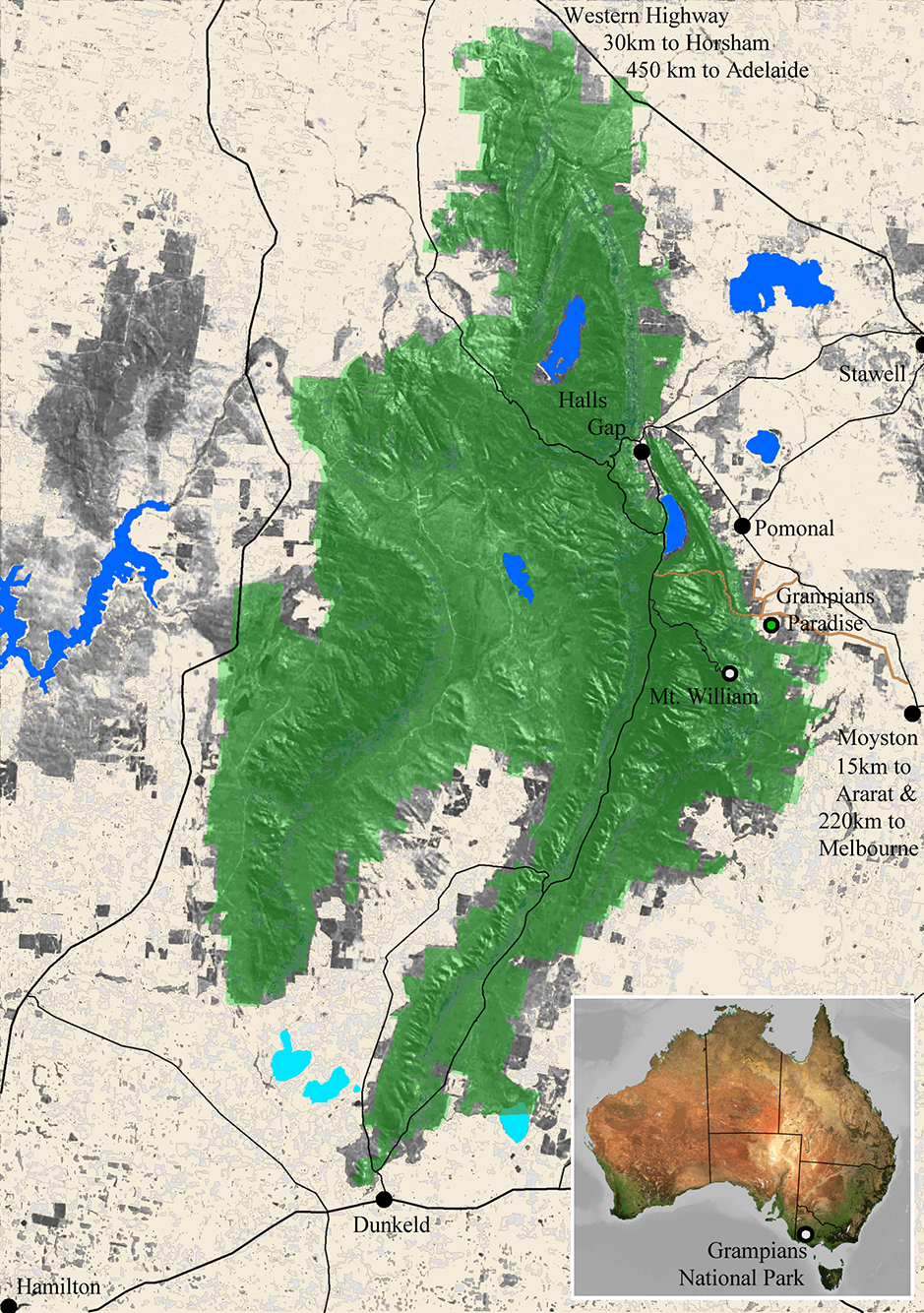
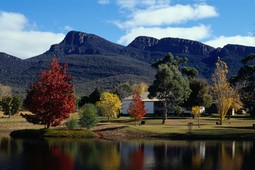
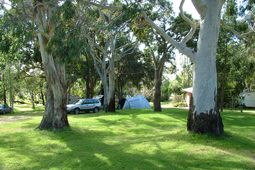

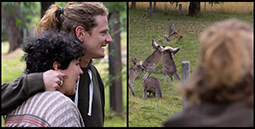

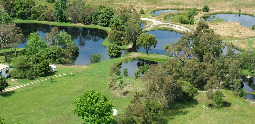

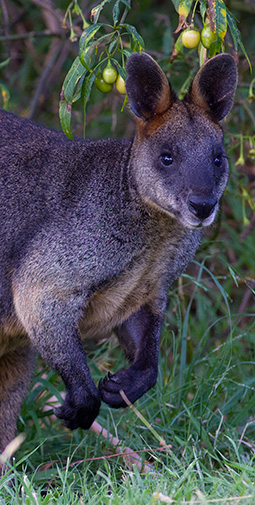
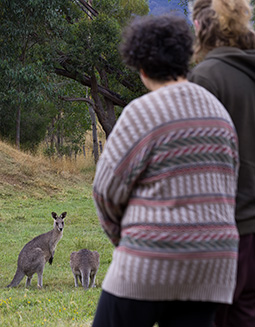
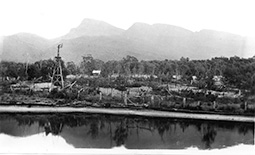

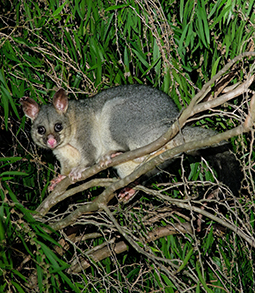
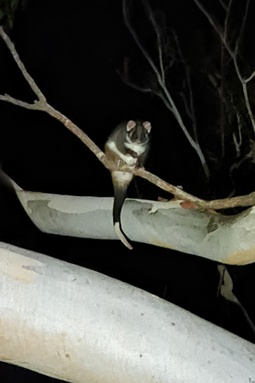
-nessa-and-aidan-planting-trees--at-grampians-paradise-camping--ps225px-.jpg)
